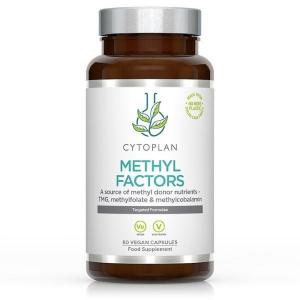Silicon Dioxide
Other names: Silica, Silica, Dioxosilane
Harm score: 2 (Derivatives of natural substances)
Silica, also known as Silica or Dioxosilane, is a chemical compound that consists of two oxygen atoms and one silicon atom. Silicon dioxide occurs naturally as a major component of many minerals, including quartz, tridymite, cristobalite, coesite, stishovite and lechatelierite. It is a major constituent of sand and quartz glasses. In its crystalline form, silica forms transparent crystals with no colour or odour.
Silica is used in a number of products and areas. It is the basic material for glass production - sand, which is the main source of silica, is heated to high temperatures to evaporate impurities and form glass. Glass is then used in countless applications, from building and car construction to electronics and cookware. Silica is also used in ceramics and as a filler in rubber and plastic. Silicon dioxide is also used in the food and pharmaceutical industries as an anti-caking agent and drug carrier. In the cosmetics industry it is used as an ingredient in some toothpastes for its abrasive properties. Despite its wide range of uses, however, silica is a potentially hazardous substance if inhaled as a fine dust.
Silicon Dioxide can be found in the following products
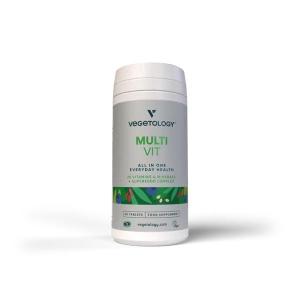
MultiVit - Multivitamins and minerals for vegans, 60 tablets
Product detail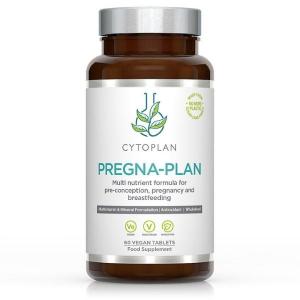
Pregna-Plan Multivitamin for pregnant and breastfeeding mothers, 60 tablets
Product detail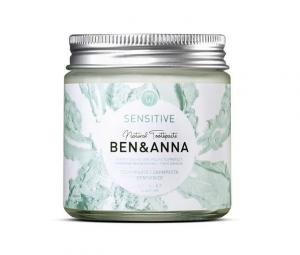
Toothpaste for sensitive teeth Sensitive (100 ml)
Product detail
Anti-staining toothpaste (100 ml) - leaves a fresh feeling in the mouth
Product detail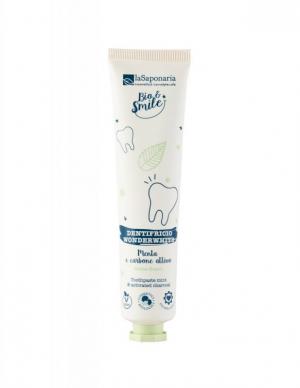
Whitening toothpaste WonderWhite - mint and activated charcoal BIO (75 ml)
Product detail